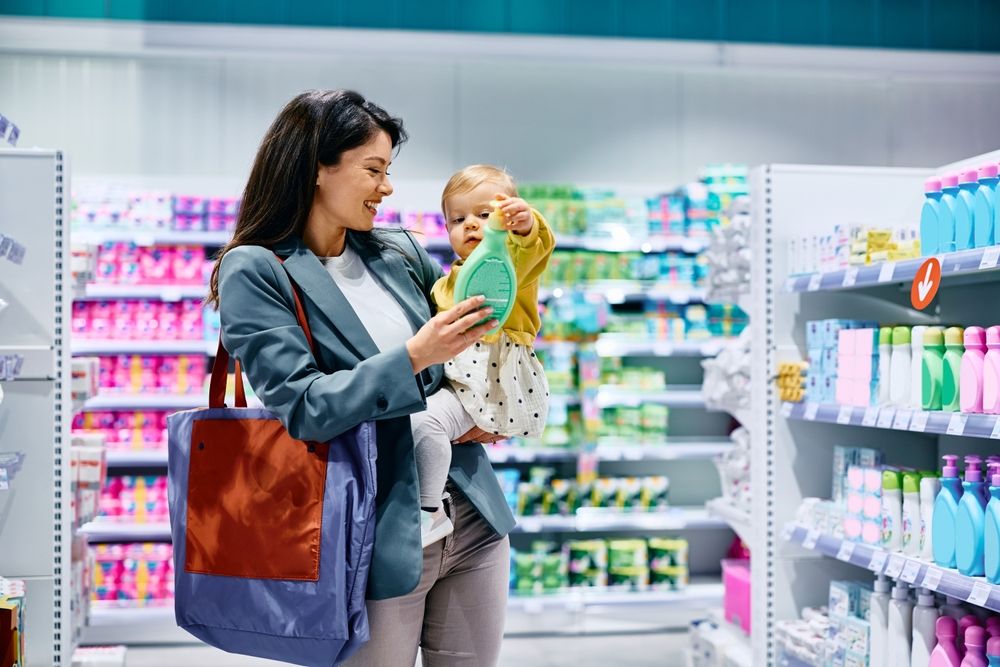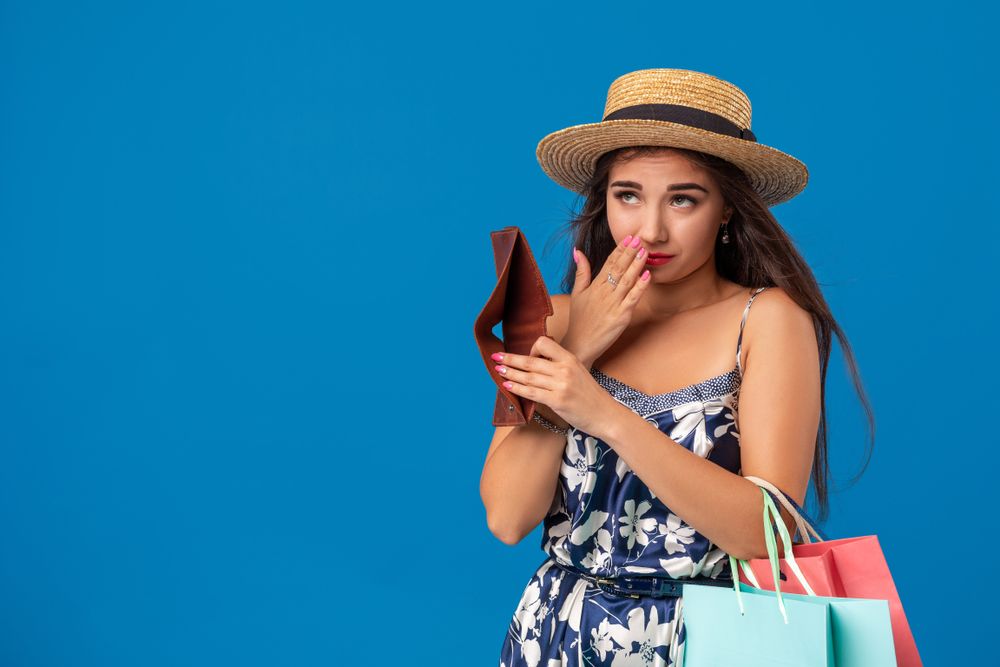Bath time can be one of the most special parts of your day with your baby. It’s not just about getting clean—it’s also a time for bonding, relaxing, and creating routines. But with delicate baby skin and eyes, choosing the right shampoo is essential to ensure the experience is gentle, safe, and tear-free.
With so many baby shampoos on the market, it can be hard to know which one to trust. The best baby shampoos are free from harsh ingredients, have mild formulas, and are designed specifically for a baby’s sensitive scalp and hair. In this guide, we’ll explore what to look for in a baby shampoo and how to find the right product for your family’s needs.
1. Why Baby Shampoo Matters
Baby skin is significantly thinner and more sensitive than adult skin, which makes it more vulnerable to irritation. Using regular shampoo can lead to dryness, rashes, or discomfort.
Key Reasons to Use Baby Shampoo:
-
Formulated with mild cleansers
-
Typically tear-free and pH-balanced
-
Often free from sulfates, parabens, and artificial fragrances
-
Safe for newborns and infants with sensitive skin
Choosing a shampoo made specifically for babies helps avoid unnecessary skin issues and ensures bath time stays calm and pleasant.
2. What “Tear-Free” Really Means
Many baby shampoos are labeled as "tear-free," but what does that actually mean?
Tear-Free Formulas:
-
Designed with a pH closer to natural tears to reduce stinging
-
Avoid strong cleansing agents like sulfates
-
Often use milder surfactants that clean without irritating the eyes
While no product is guaranteed to be completely irritation-free for all babies, tear-free shampoos significantly reduce the risk of eye discomfort during rinsing.
3. Ingredients to Look For
Gentle baby shampoos often include naturally derived ingredients and avoid harsh chemicals.
Beneficial Ingredients:
-
Chamomile or calendula: Soothes and calms irritated skin
-
Aloe vera: Moisturizes and cools the scalp
-
Coconut-based cleansers: Provide gentle lather without dryness
-
Oat extract: Helps relieve dry or itchy skin
Avoid These Ingredients:
-
Sulfates (SLS/SLES): Strong detergents that can strip natural oils
-
Parabens: Preservatives linked to skin irritation
-
Phthalates: Used for fragrance stability but can be harmful
-
Artificial dyes or fragrances: Unnecessary additives that can trigger allergies
Reading the label and understanding the ingredient list can help you select a safer option for your baby.
4. All-in-One vs. Shampoo-Only Products
Many baby products combine shampoo and body wash in one formula, offering convenience and value.
All-in-One Pros:
-
Fewer bottles in the bath
-
Consistent formula from head to toe
-
Often more cost-effective
Shampoo-Only Pros:
-
Targeted for scalp and hair care
-
Better for babies with scalp sensitivities or conditions like cradle cap
If your baby has skin or scalp concerns, it may be worth using separate products to better manage their needs.
5. Fragrance-Free vs. Lightly Scented
Some parents prefer fragrance-free products, especially for newborns, while others enjoy a subtle, pleasant scent after bath time.
Fragrance-Free Options:
-
Best for babies with sensitive skin, eczema, or allergies
-
Less likely to cause irritation
Naturally Scented Options:
-
Often use essential oils like lavender, chamomile, or vanilla
-
Should still be free of synthetic perfumes
The choice depends on your baby’s skin tolerance and your personal preference, but it's always best to test a small amount first.
6. Best Baby Shampoo Qualities to Look For
Key Features of a Great Baby Shampoo:
-
Tear-free and pH-balanced
-
Hypoallergenic and dermatologist-tested
-
Free from harmful chemicals and known irritants
-
Gentle foaming and easy rinsing
-
Trusted brand reputation or pediatrician recommended
These features ensure that the shampoo is safe, effective, and suited for your baby’s daily or weekly bath routine.
7. Special Considerations for Newborns
Newborns don’t need frequent shampooing—usually just once or twice a week is enough unless there's a specific issue.
Tips for Shampooing a Newborn:
-
Use a very small amount of shampoo
-
Gently massage with fingertips (not nails)
-
Rinse thoroughly but carefully to avoid water near the eyes or ears
-
Towel dry the scalp gently without rubbing
For the first few weeks, opt for ultra-gentle, fragrance-free formulas designed for sensitive or neonatal skin.
8. Best Practices for Safe and Enjoyable Bath Time
Even with the best baby shampoo, proper technique makes a big difference.
Bath Time Tips:
-
Always check water temperature before placing baby in the bath.
-
Use a soft sponge or your hands to apply shampoo.
-
Support your baby’s head and neck, especially with newborns.
-
Avoid rushing—make it a calm, relaxing experience.
-
Rinse carefully to prevent shampoo from running into eyes or ears.
A gentle routine helps babies enjoy bath time and builds positive habits for later years.
9. When to Consult a Pediatrician
If your baby develops a rash, dry patches, or continues to cry during or after bath time, a skin sensitivity or allergic reaction could be the cause.
See Your Pediatrician If:
-
Redness or itching appears after using shampoo
-
Scalp issues like cradle cap worsen
-
Baby shows discomfort after bath despite using tear-free products
Your doctor may recommend medicated shampoos or refer you to a pediatric dermatologist if needed.
10. What to Expect as Your Baby Grows
As your child grows, their hair may change in texture, and their skin may become less sensitive. You may eventually switch from infant formulas to toddler shampoos or mild family products.
Signs it’s time to switch:
-
Hair becomes thicker and requires more cleansing
-
Scalp becomes oilier
-
You want more scent or lather for active toddlers
Transition gradually and always test new products before full use.





